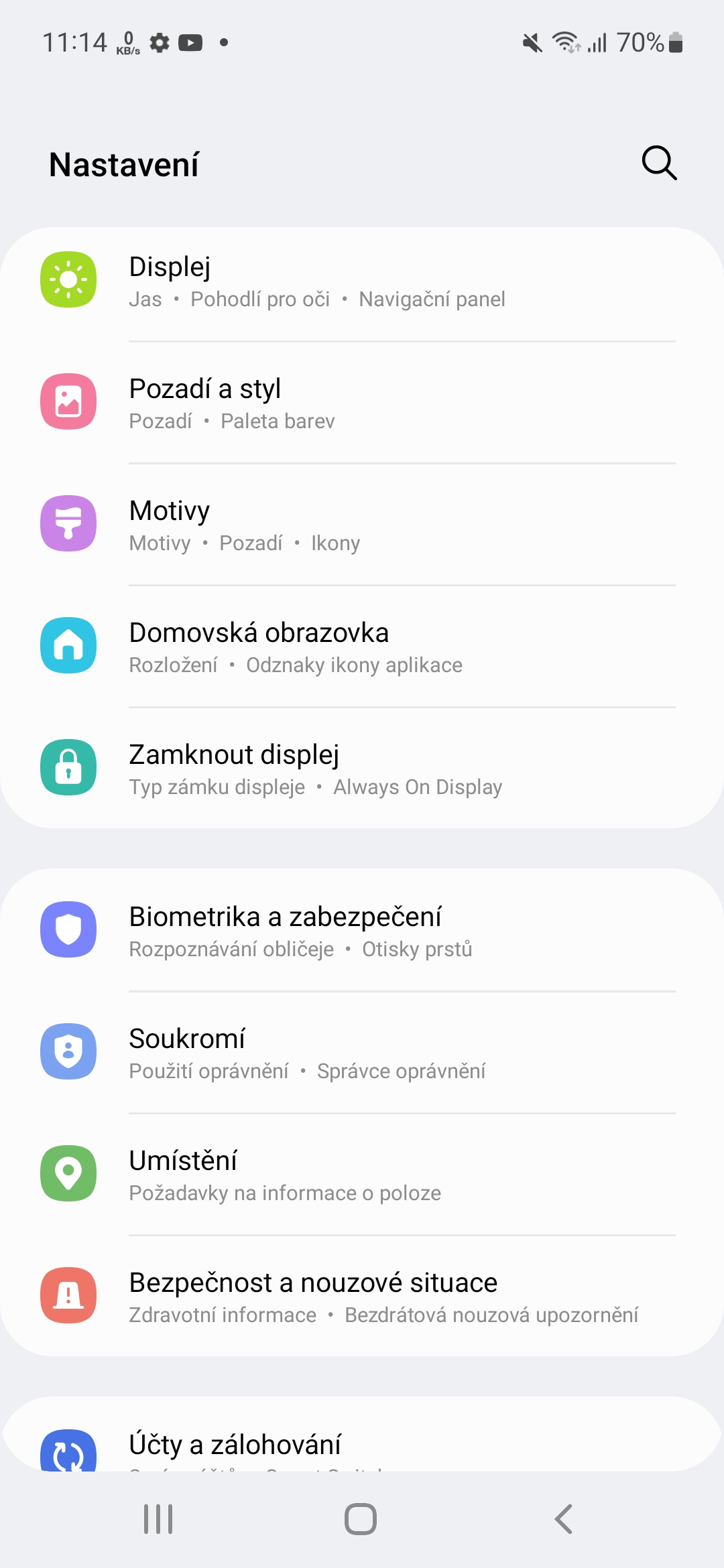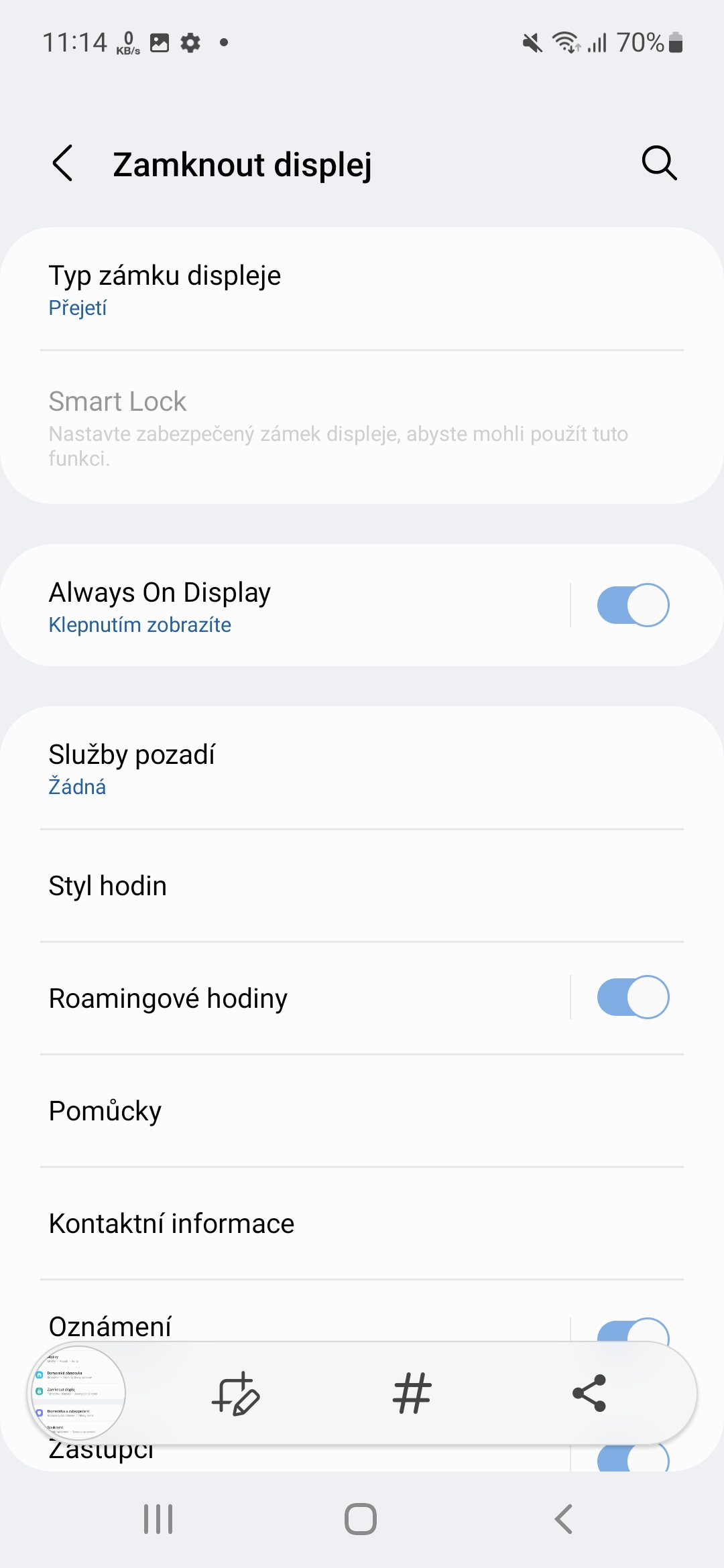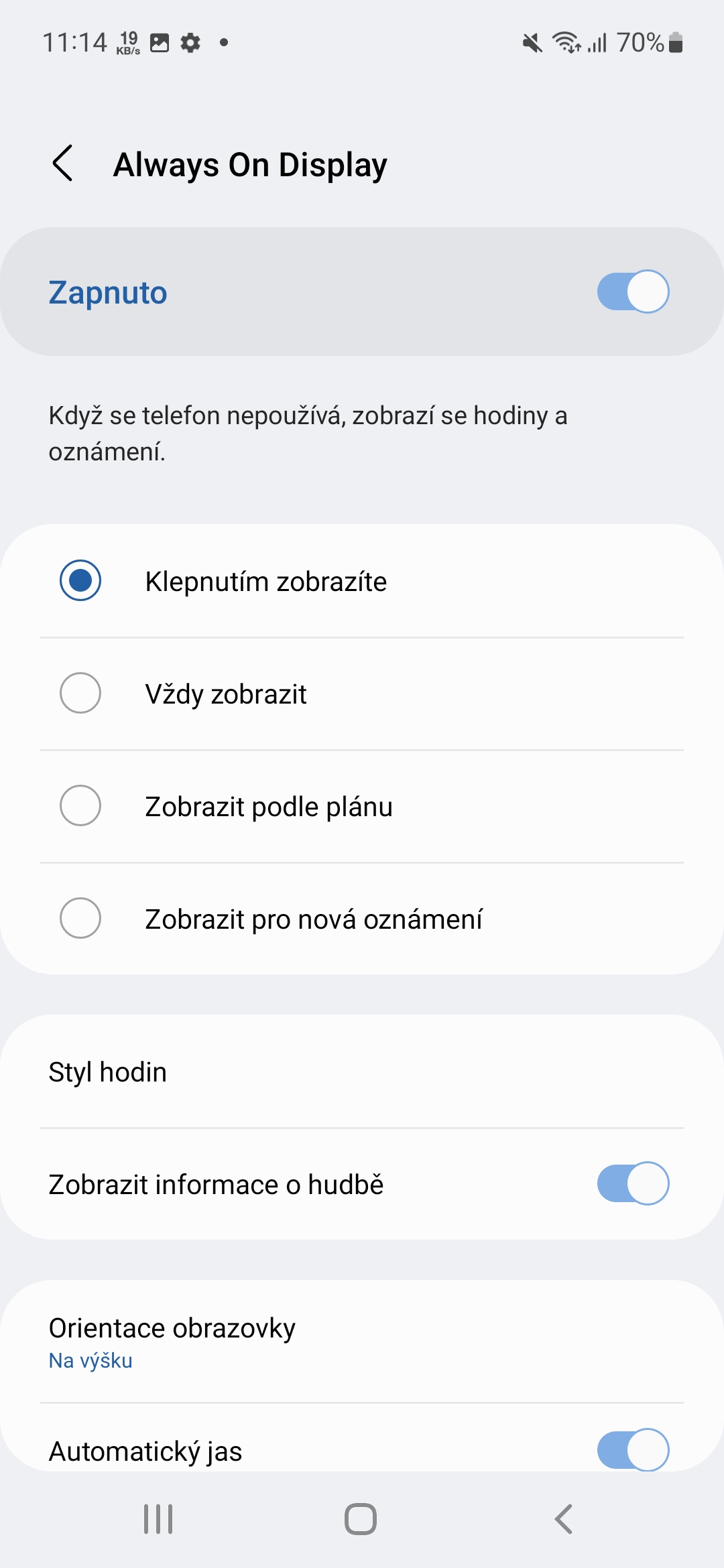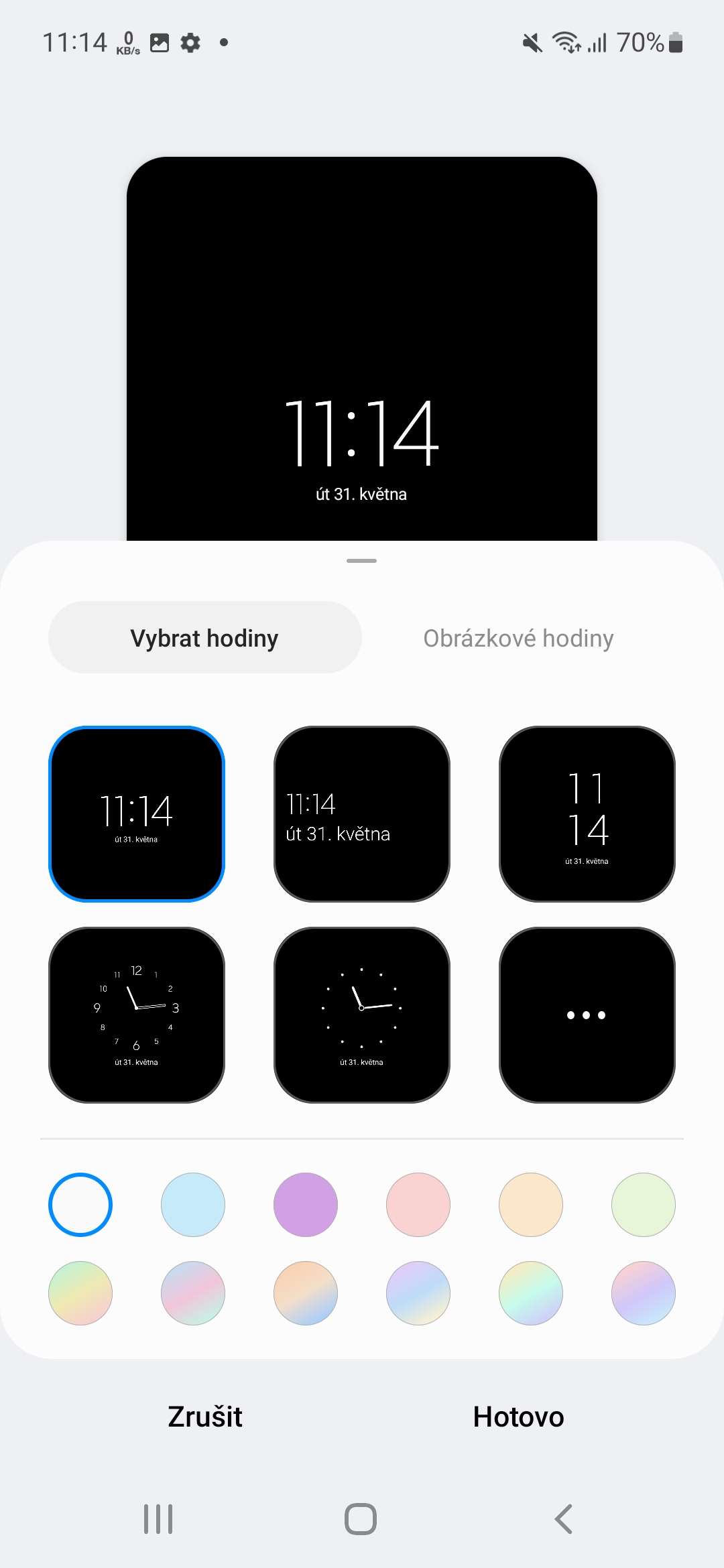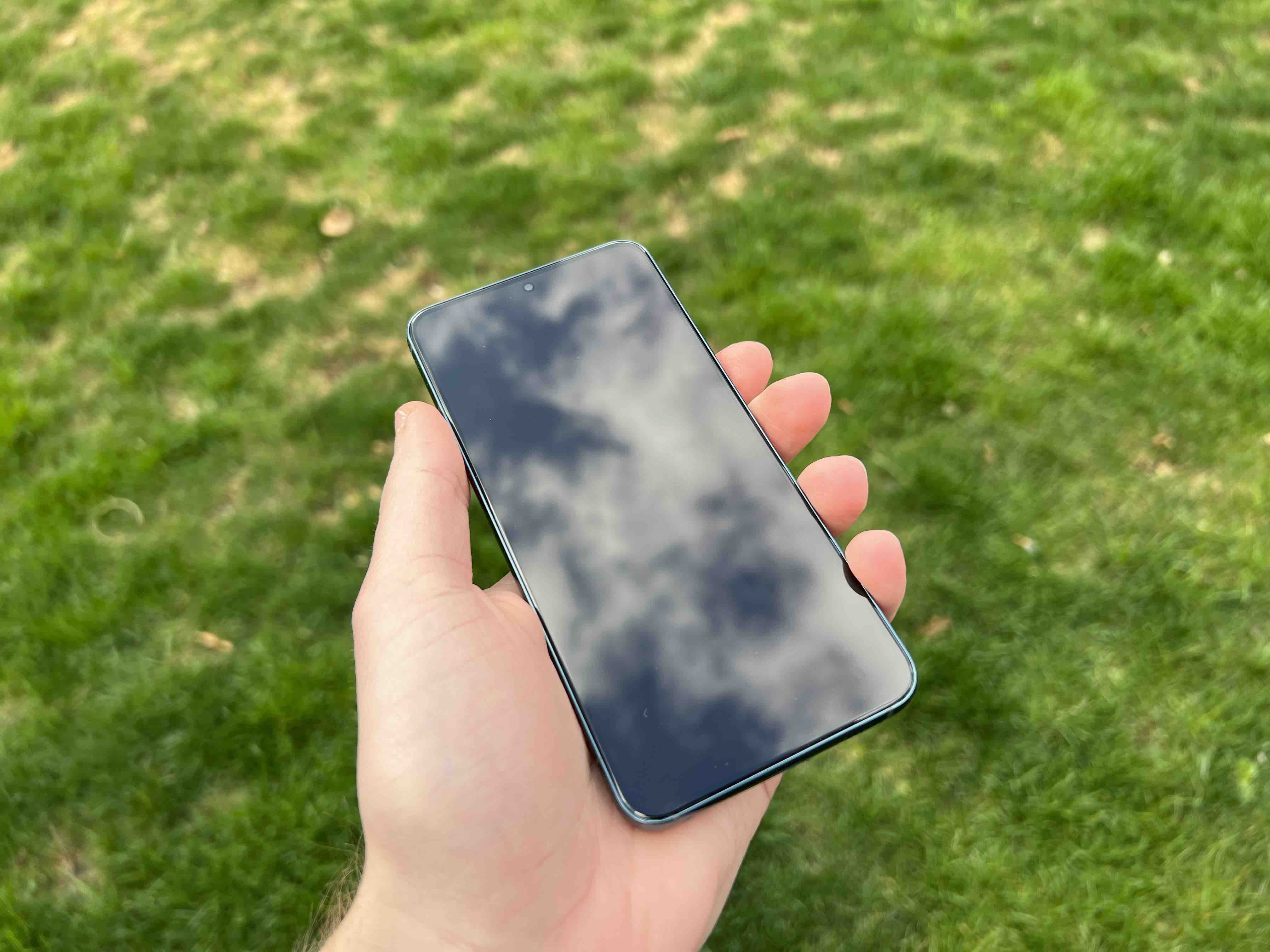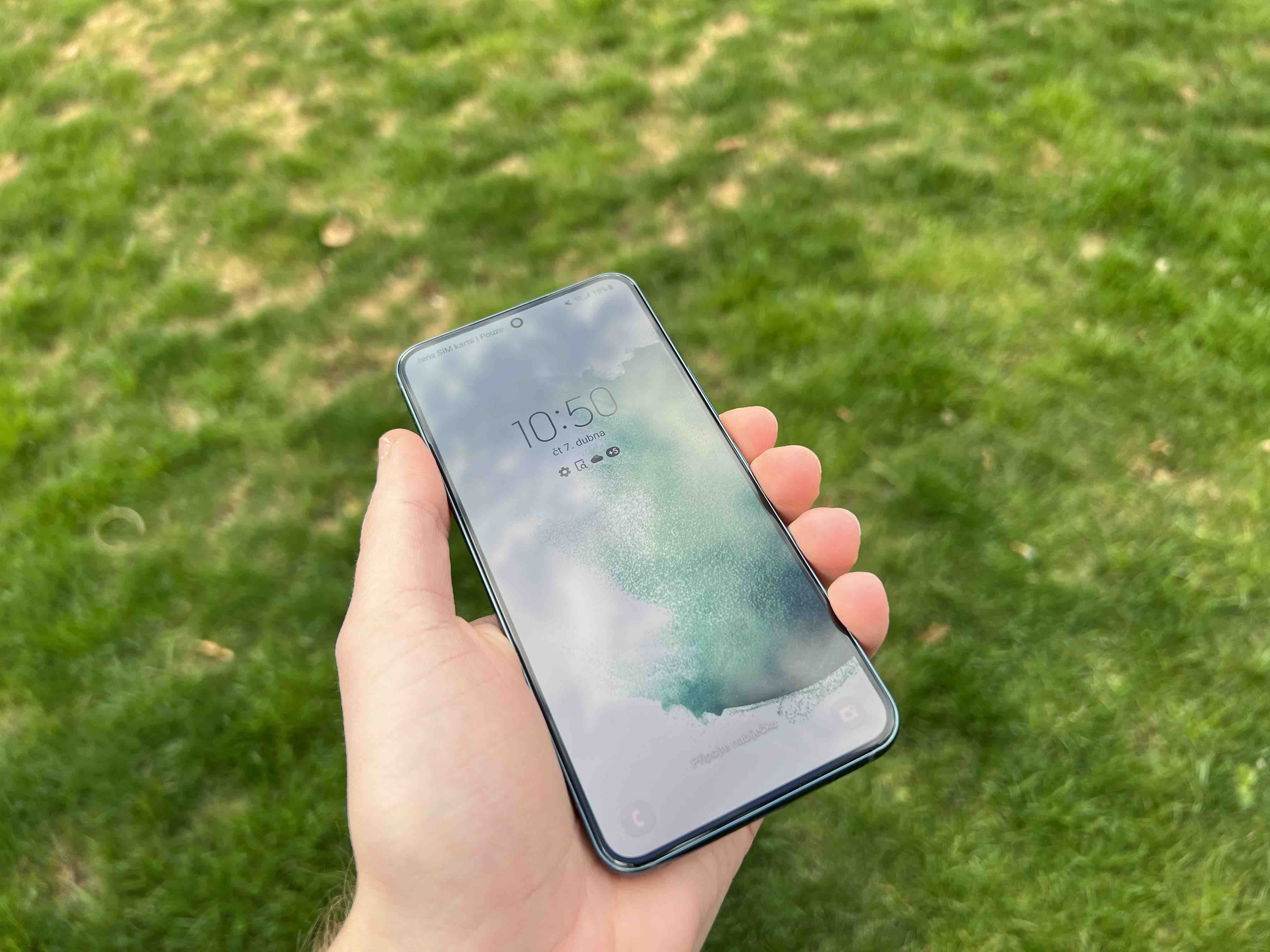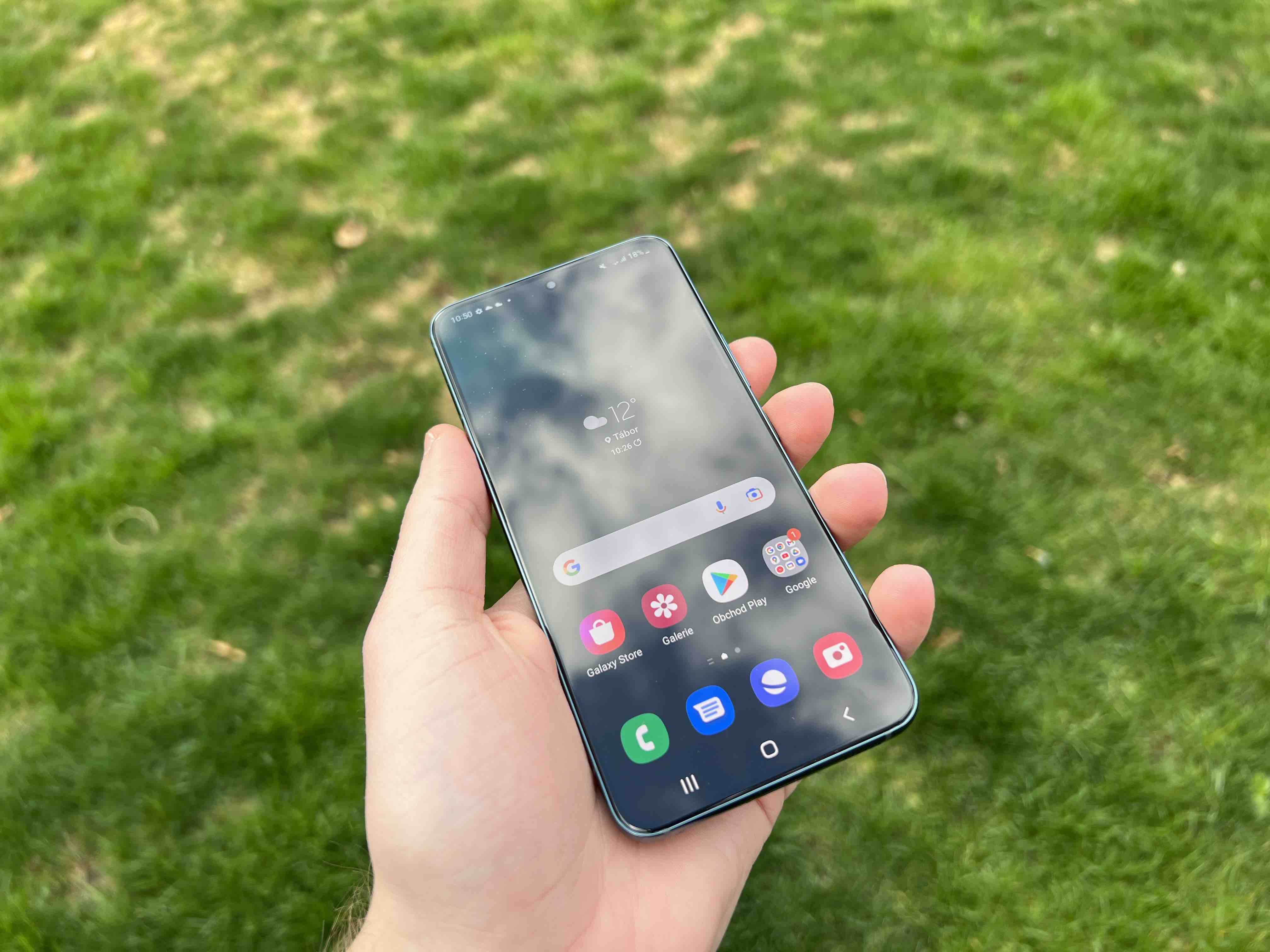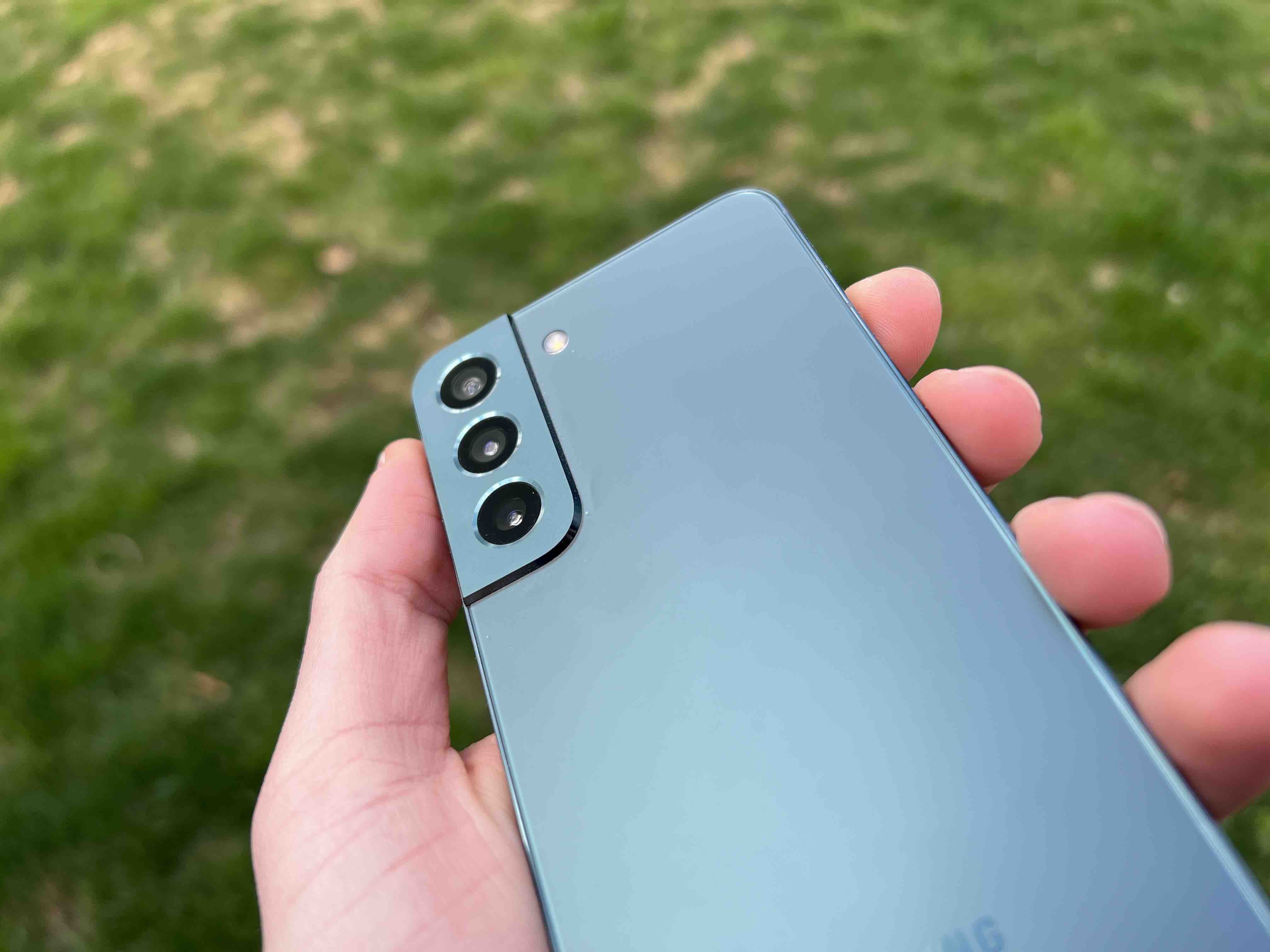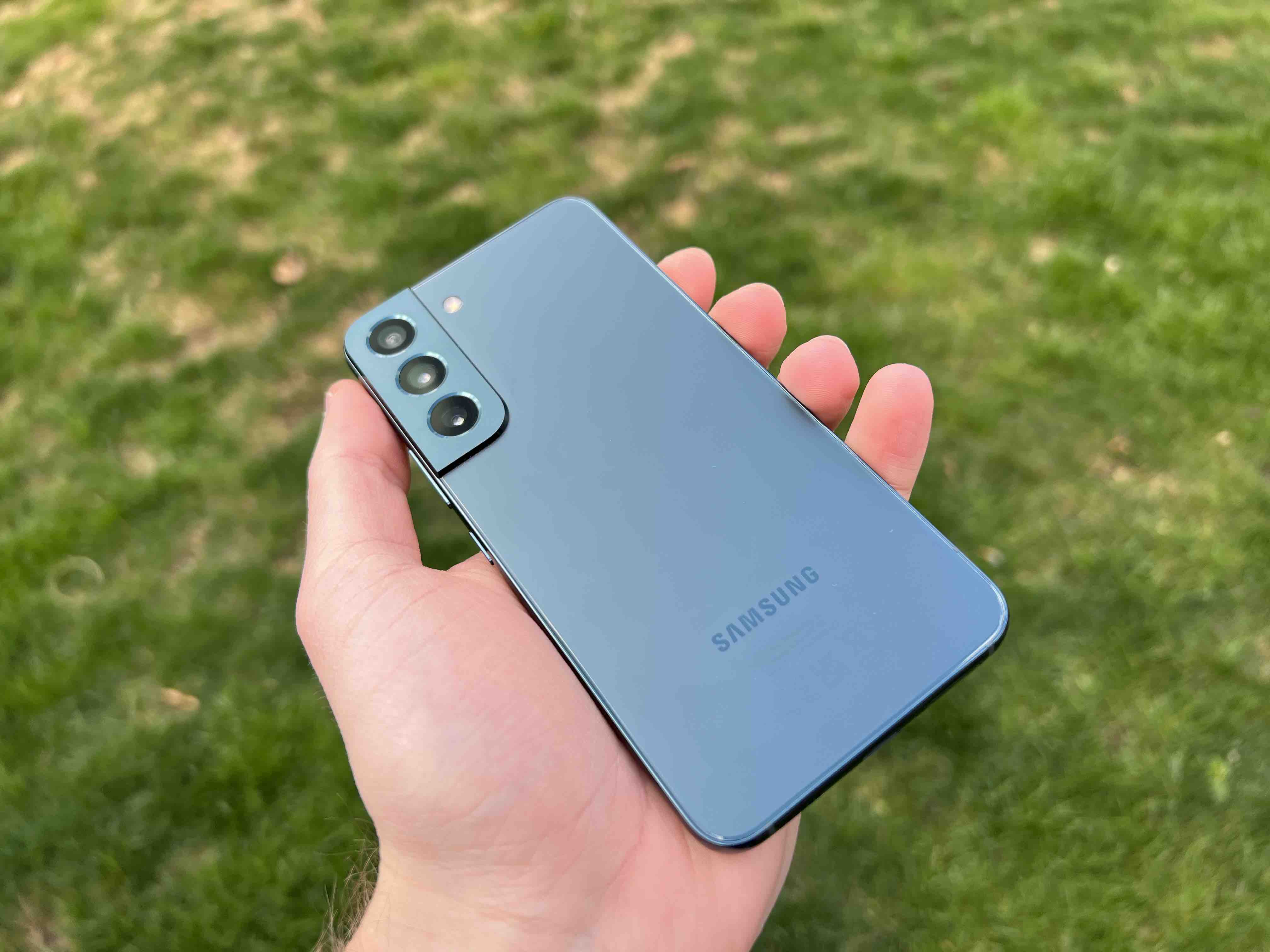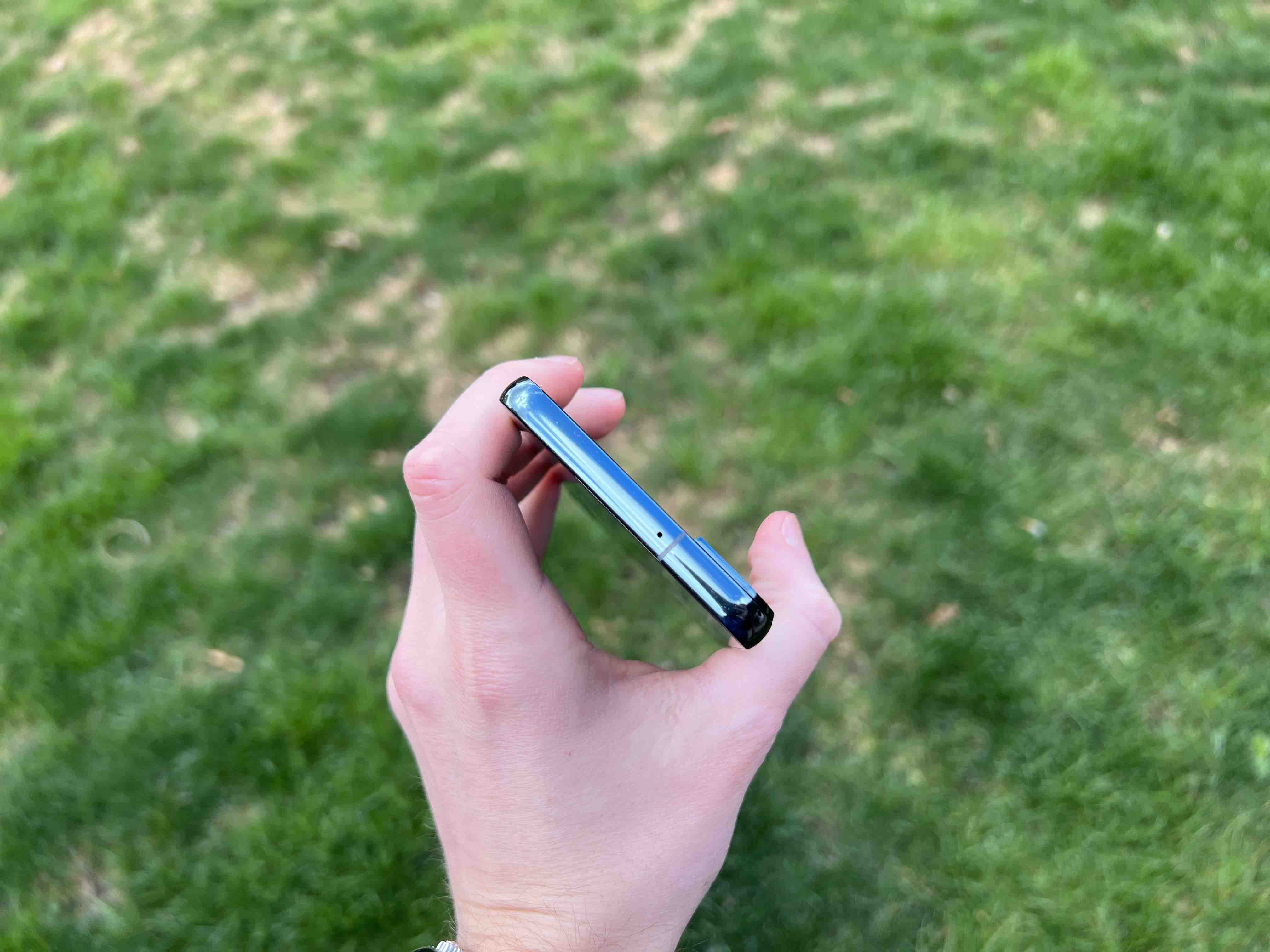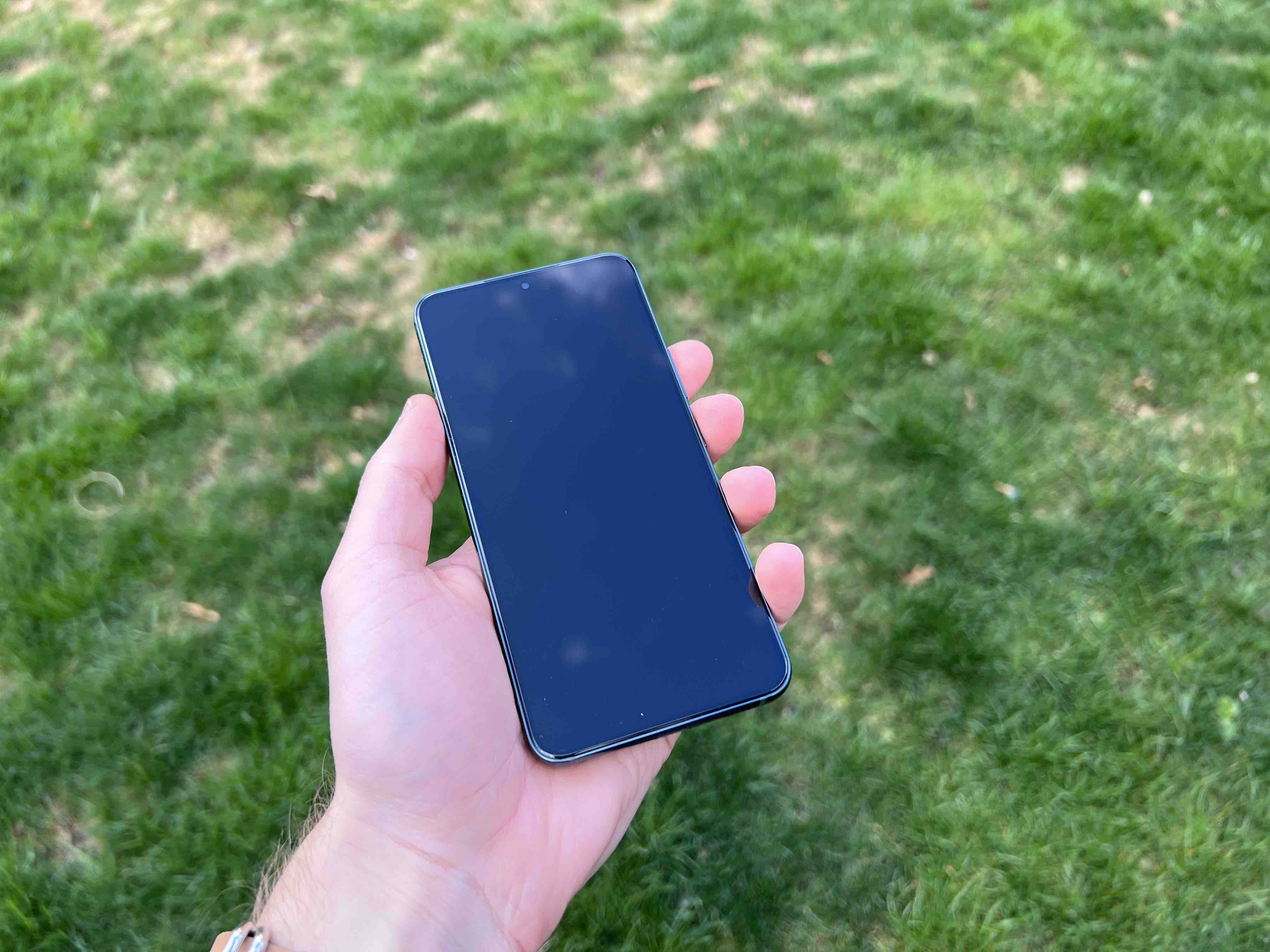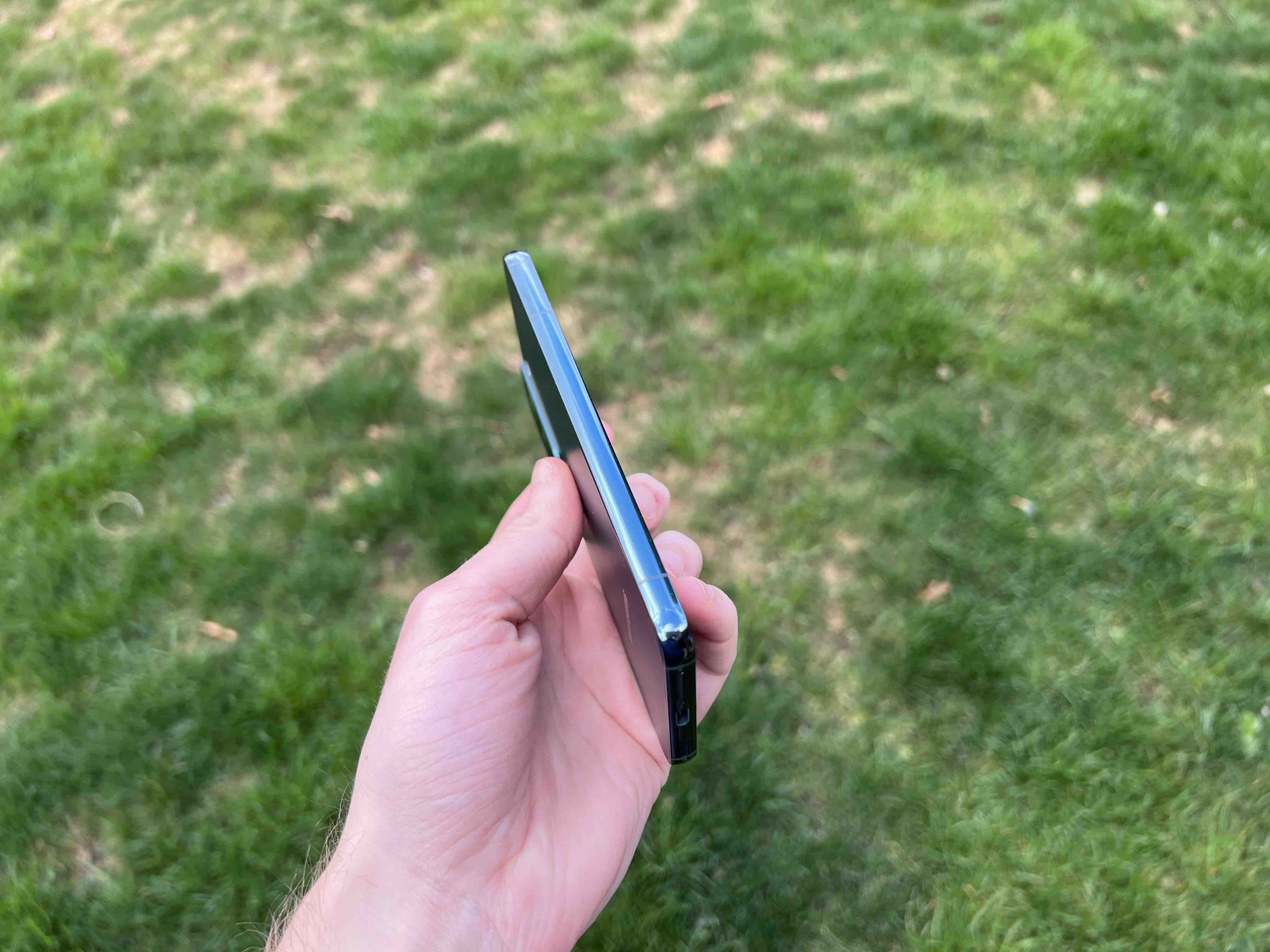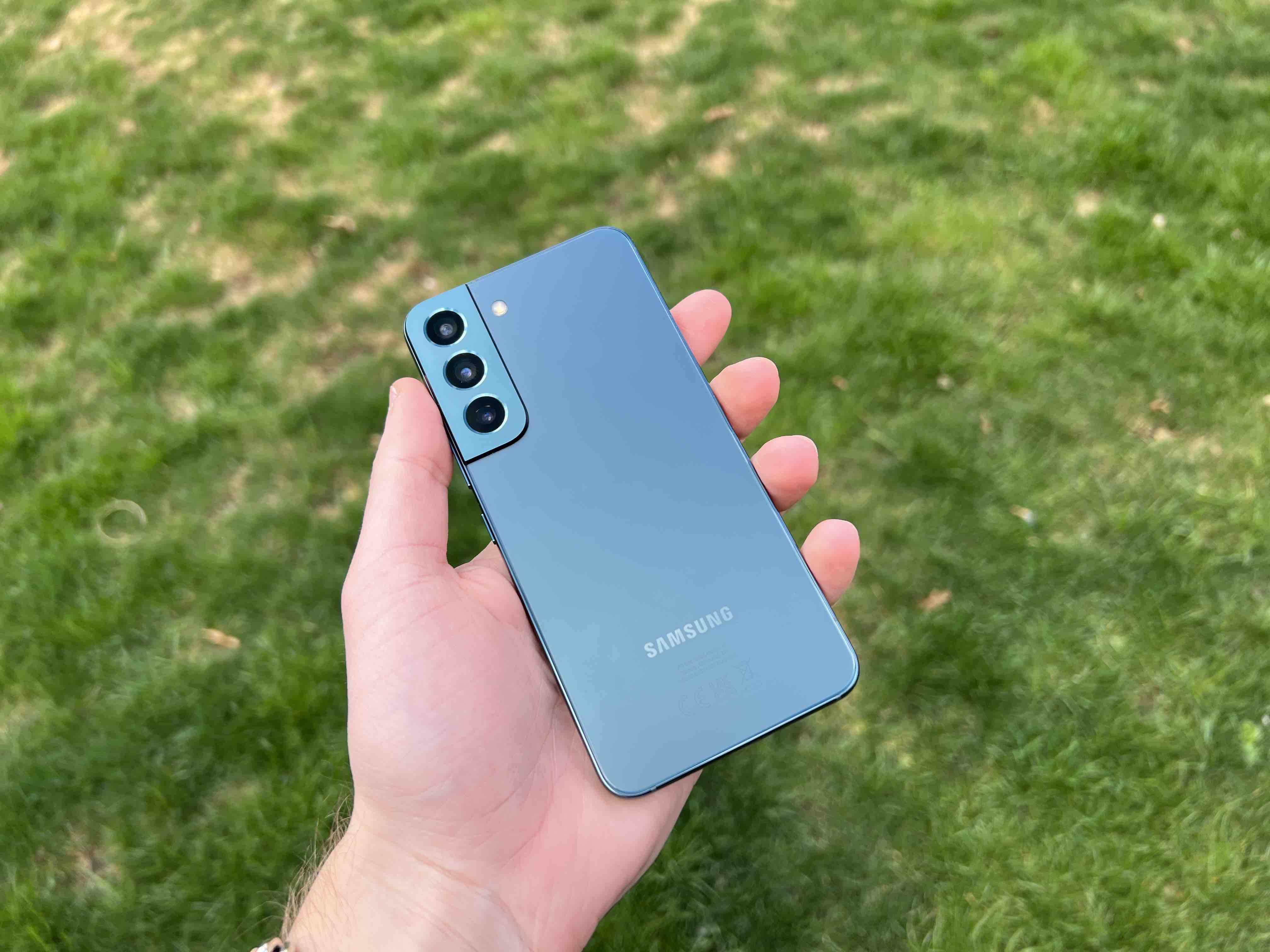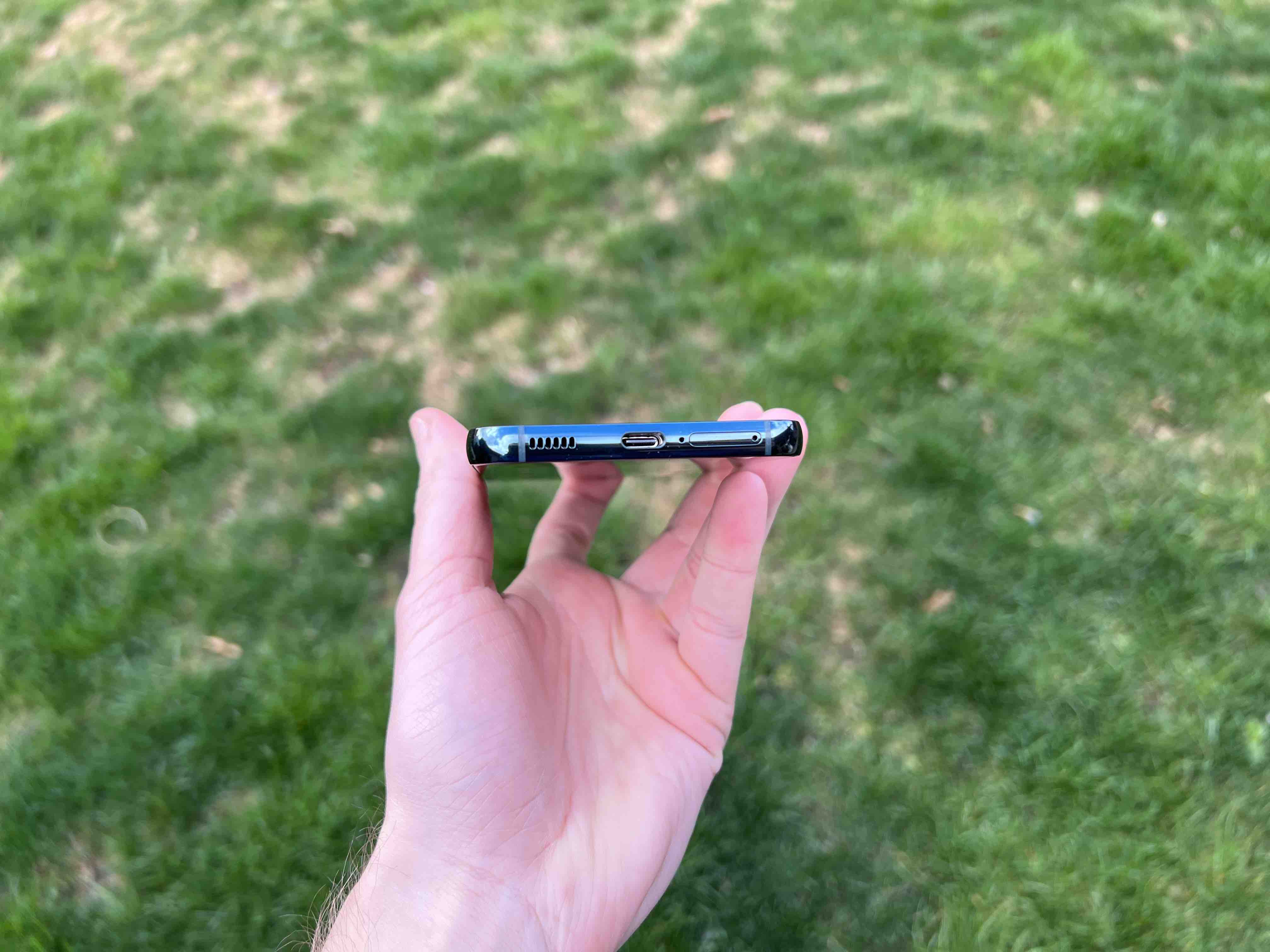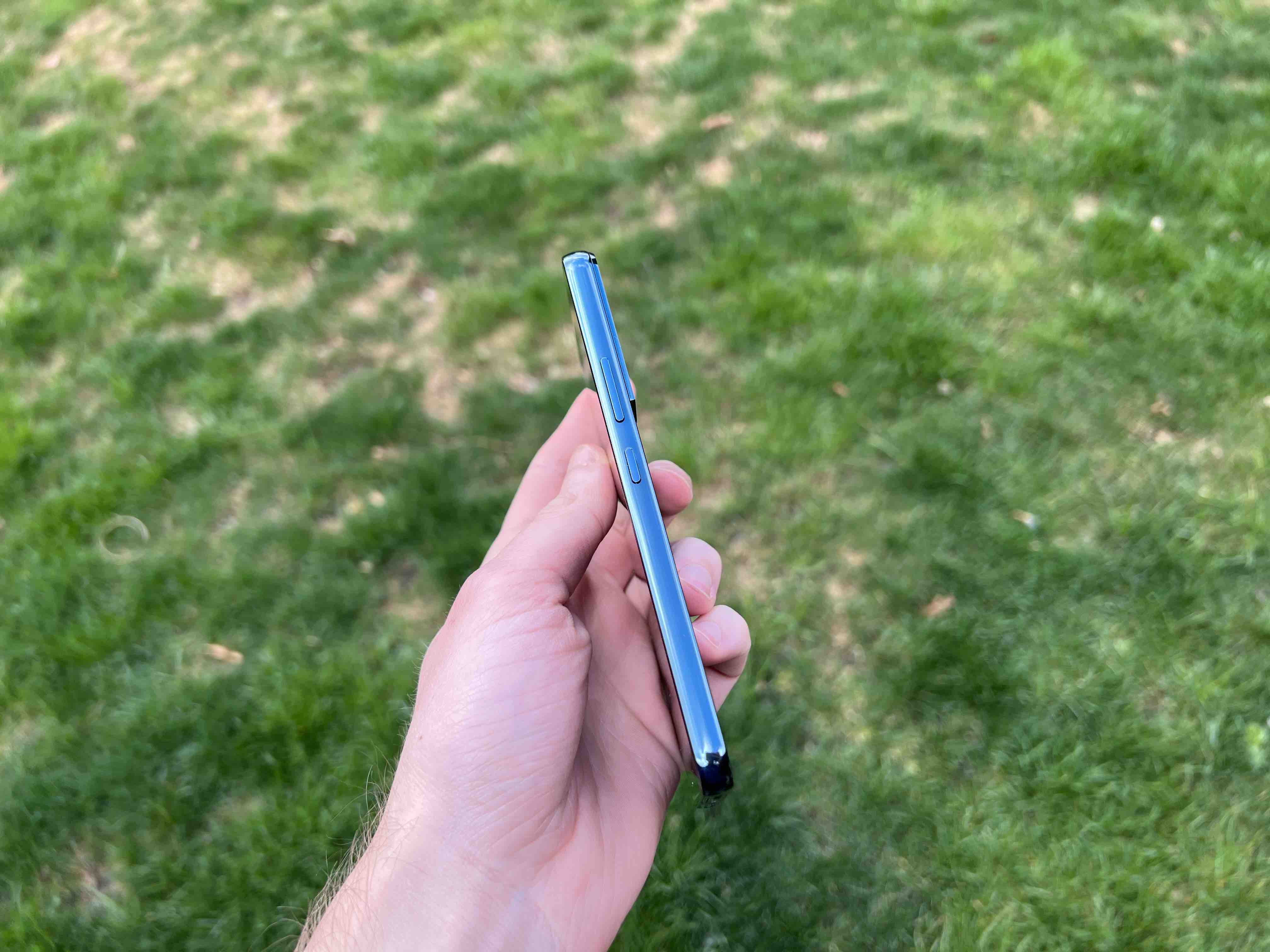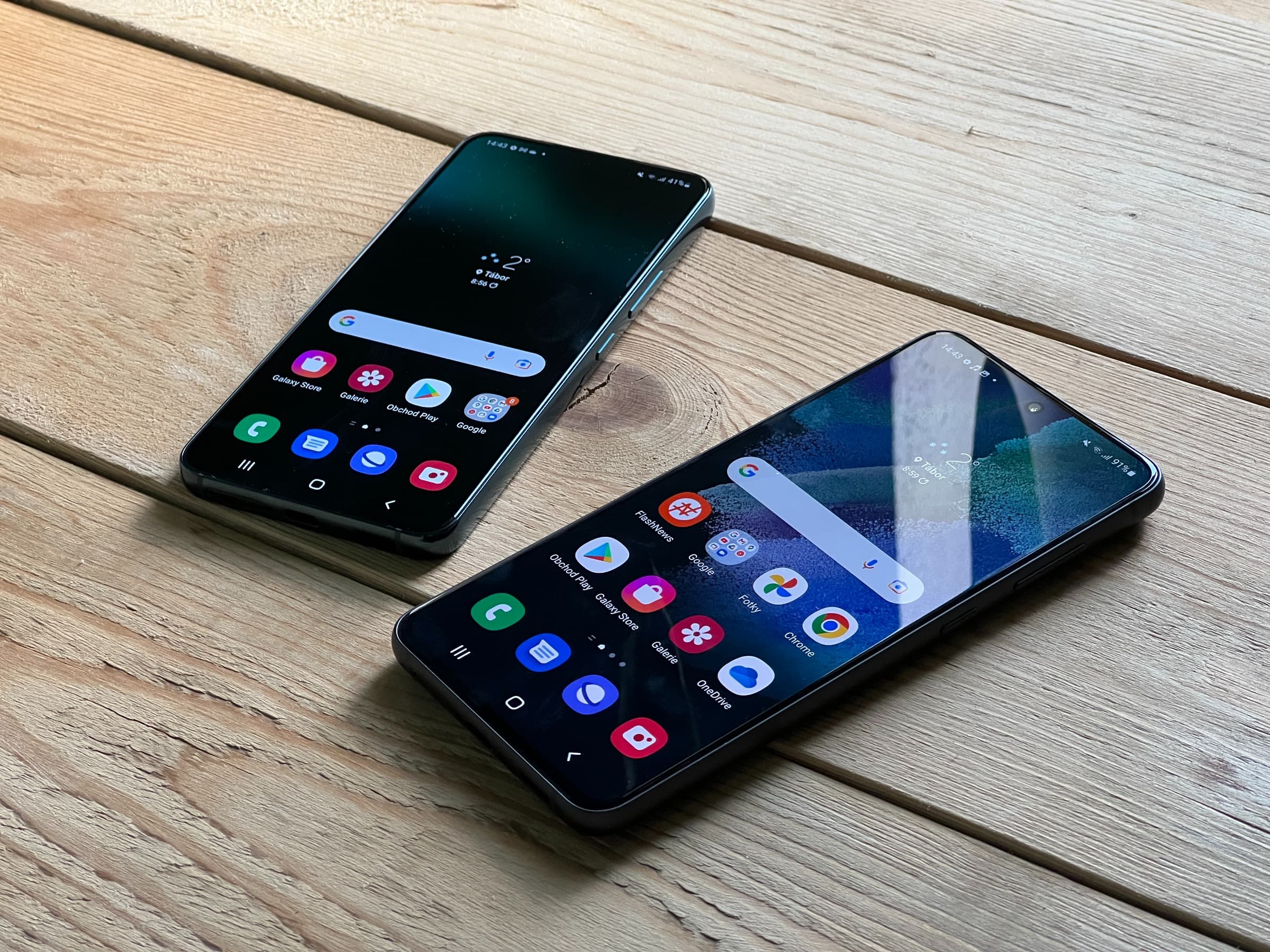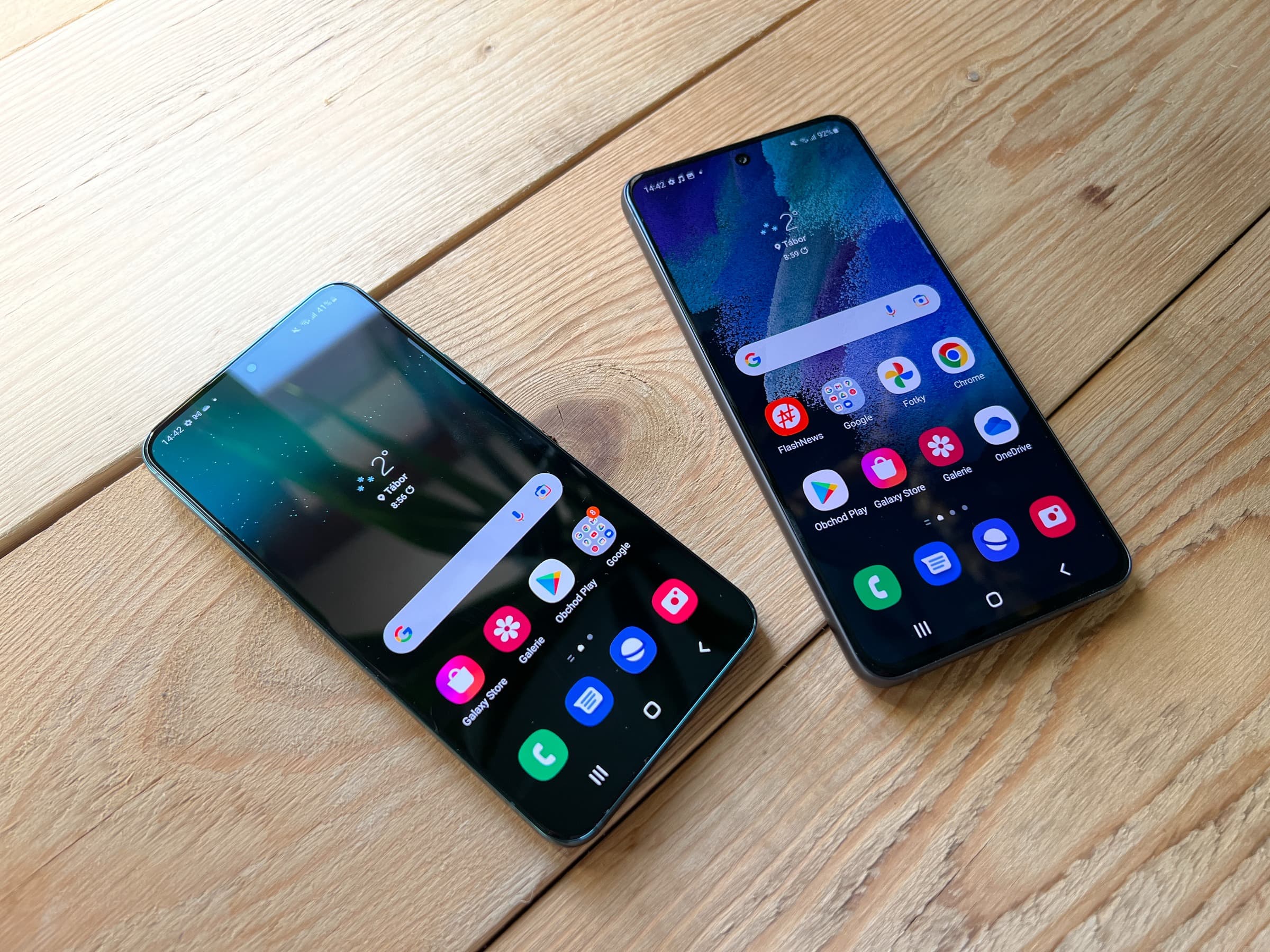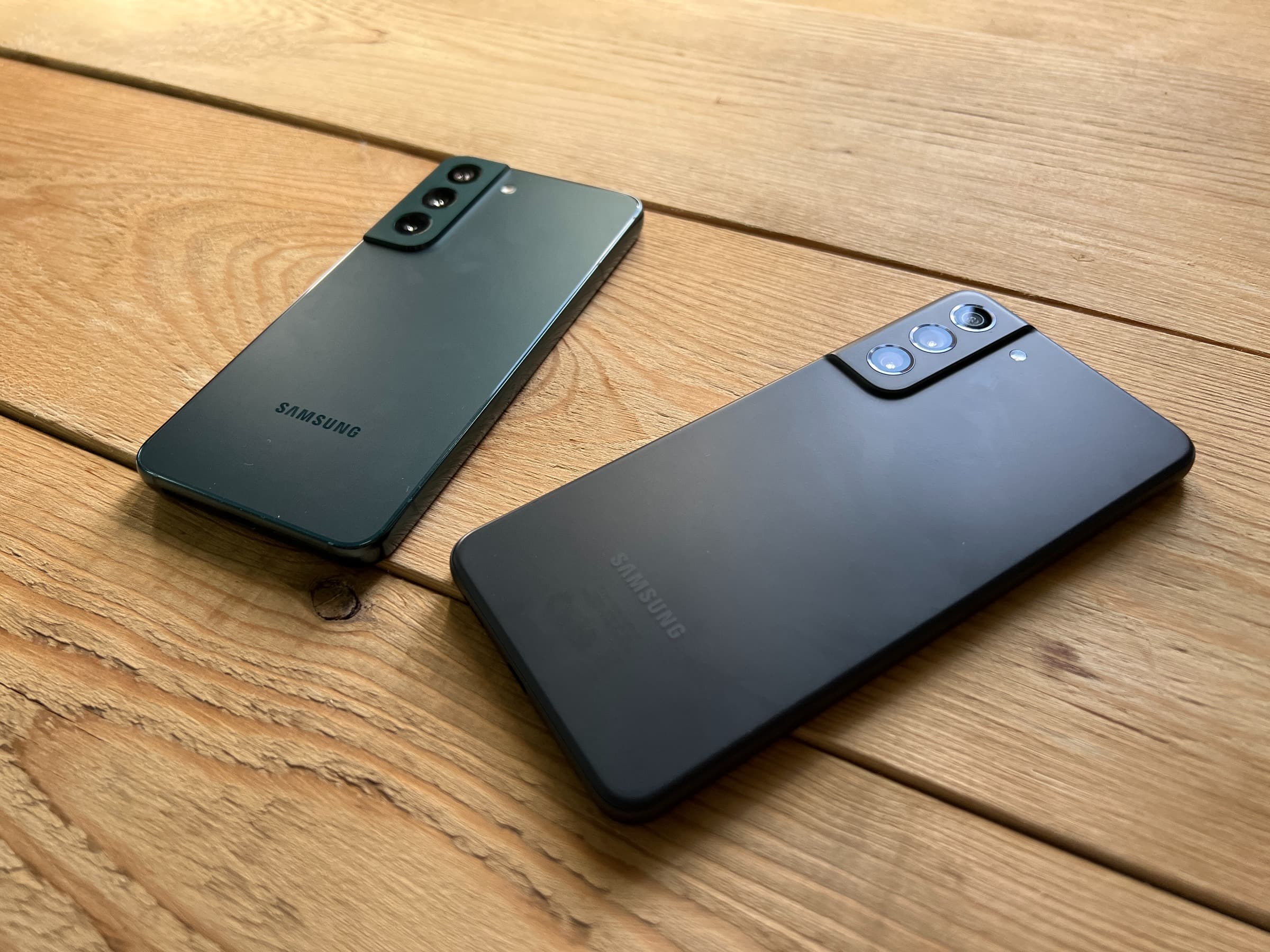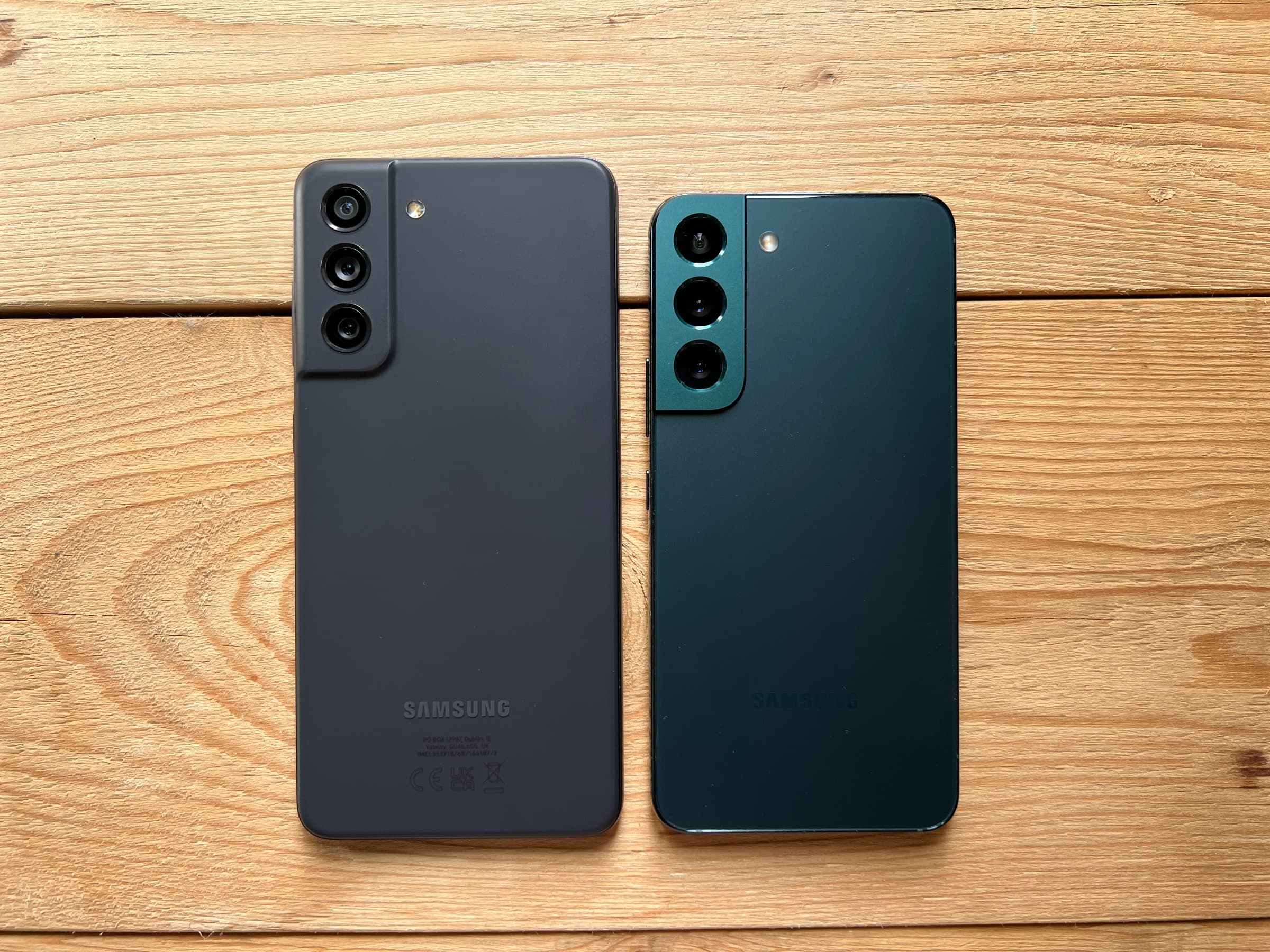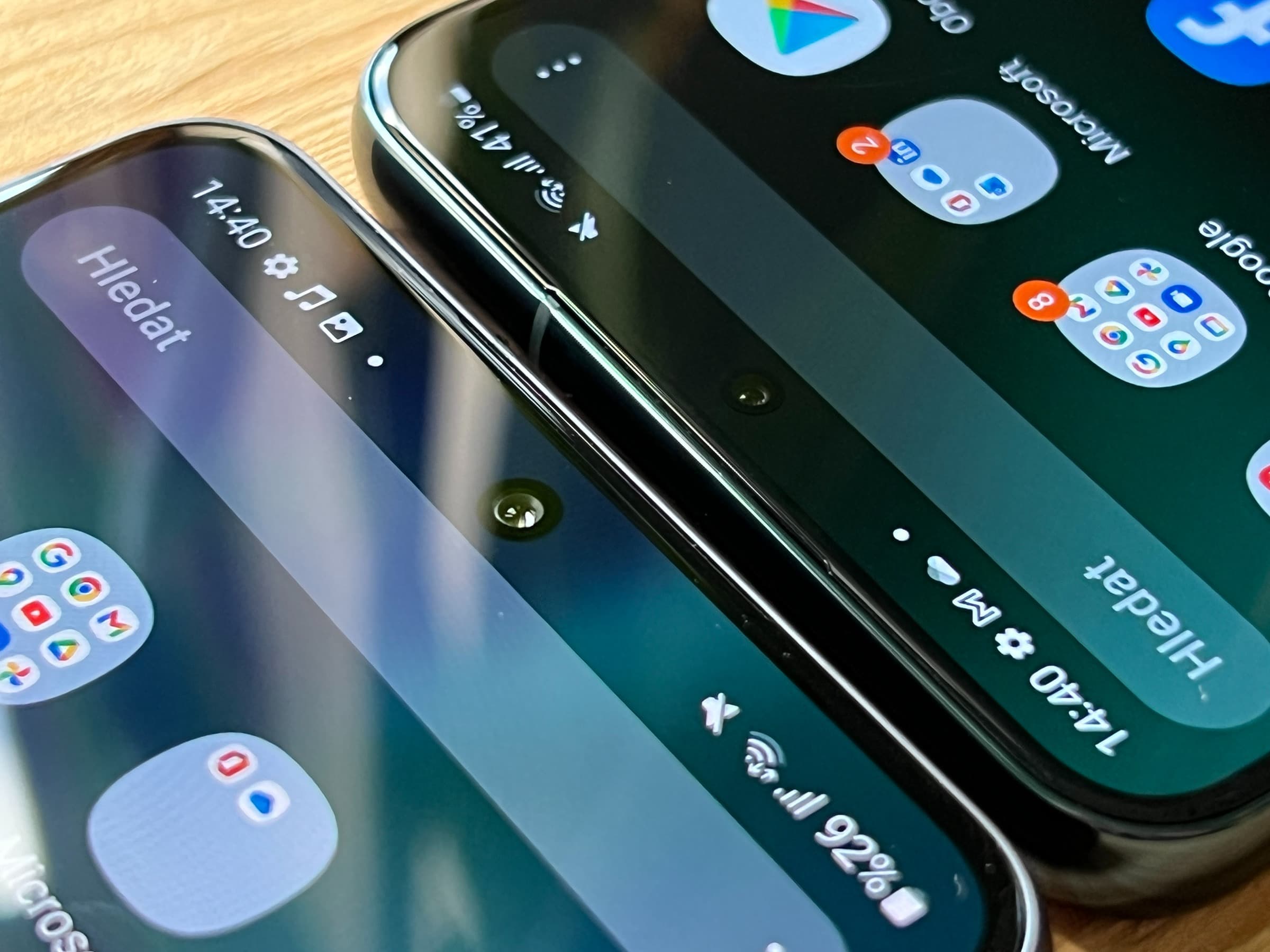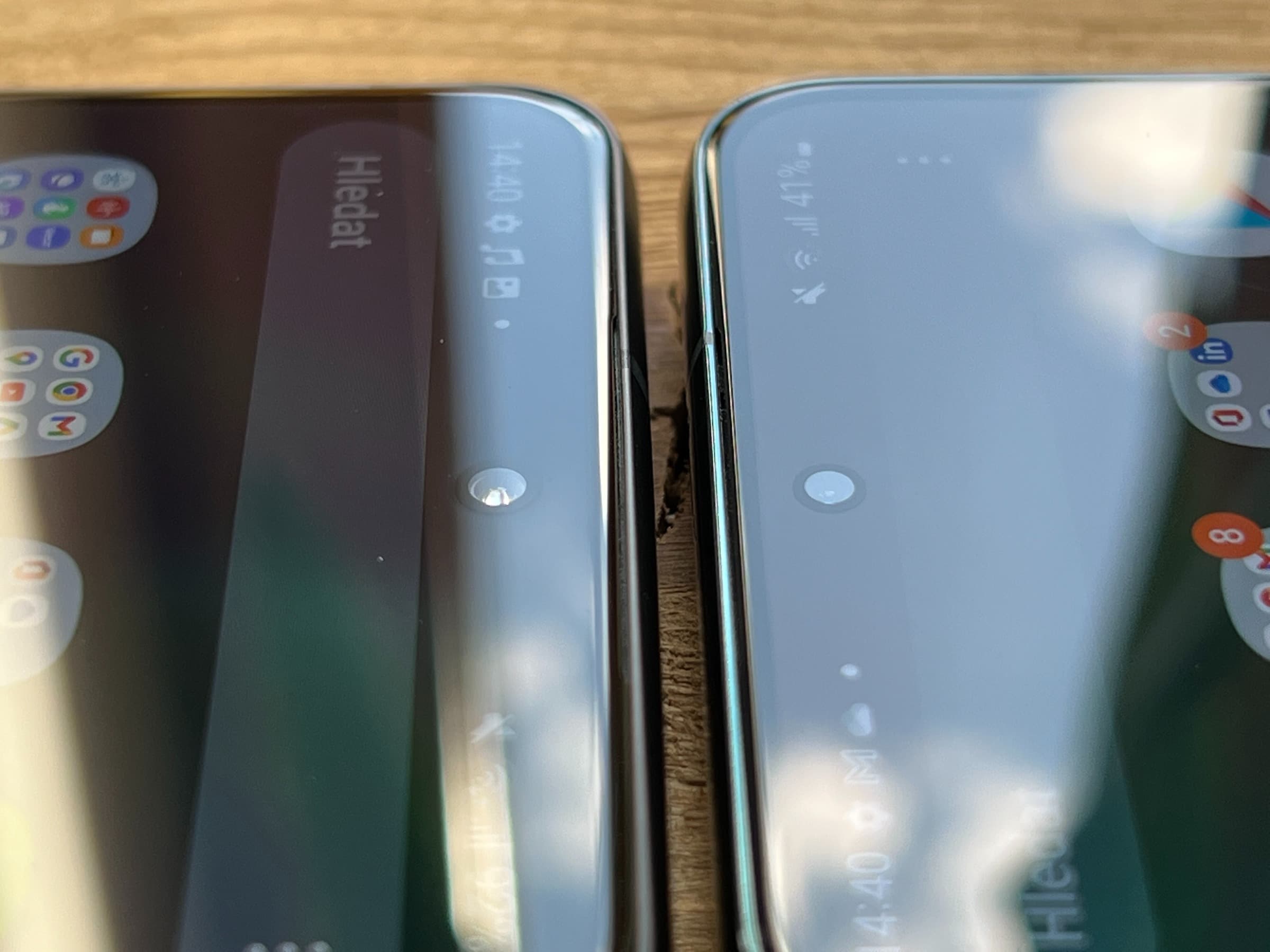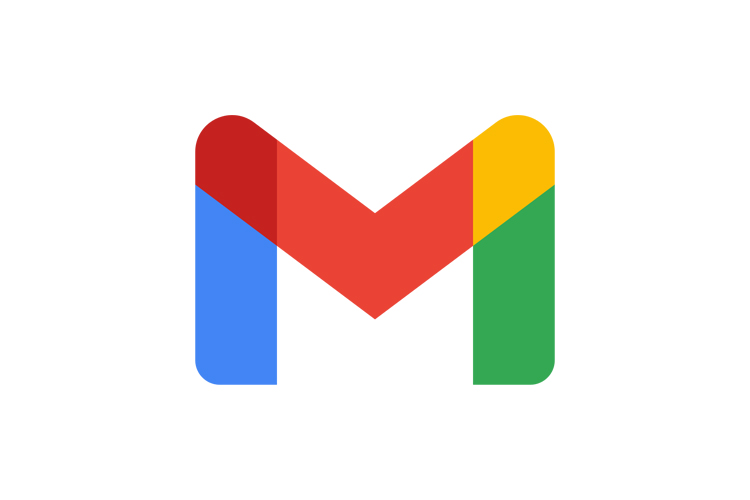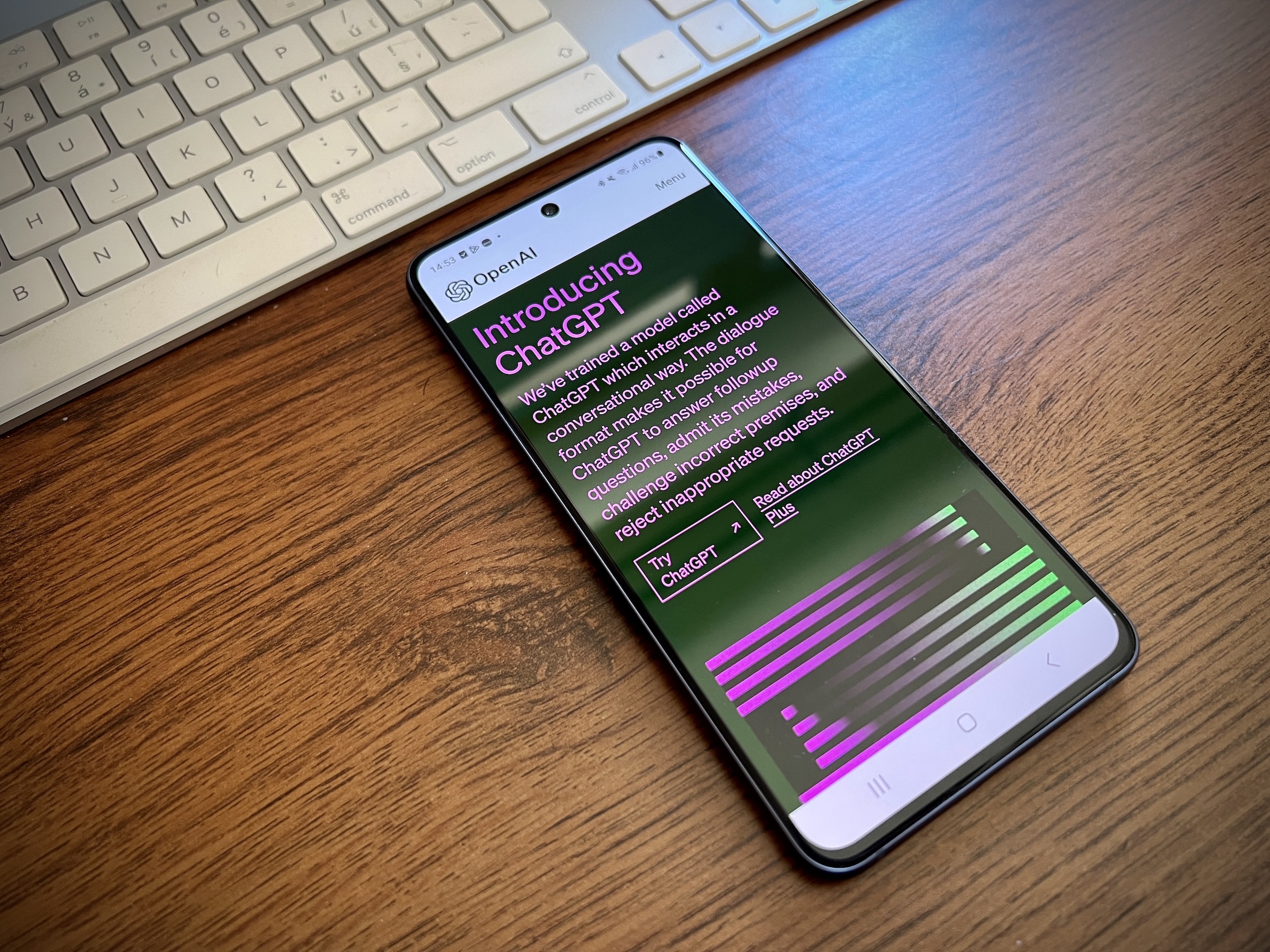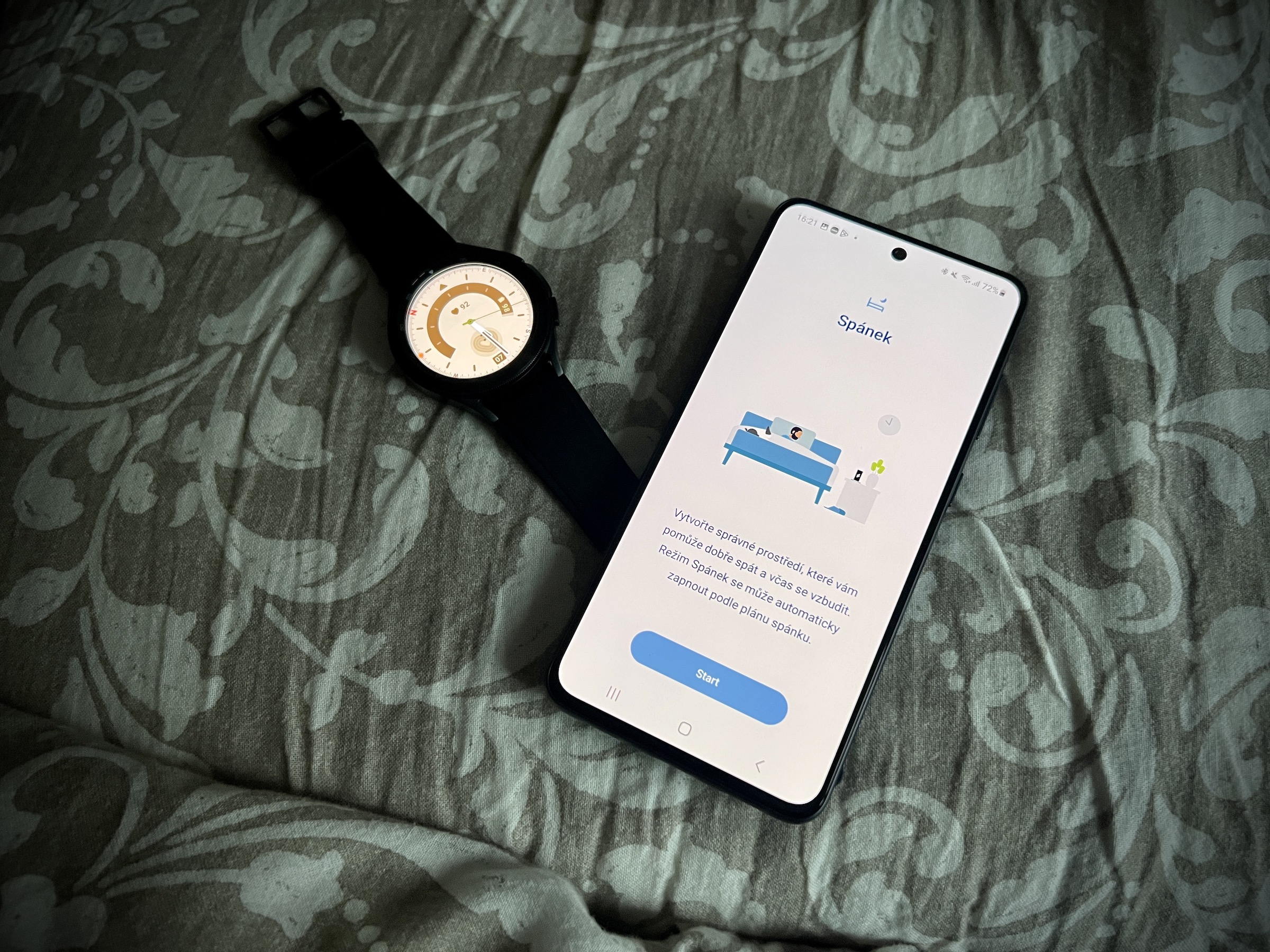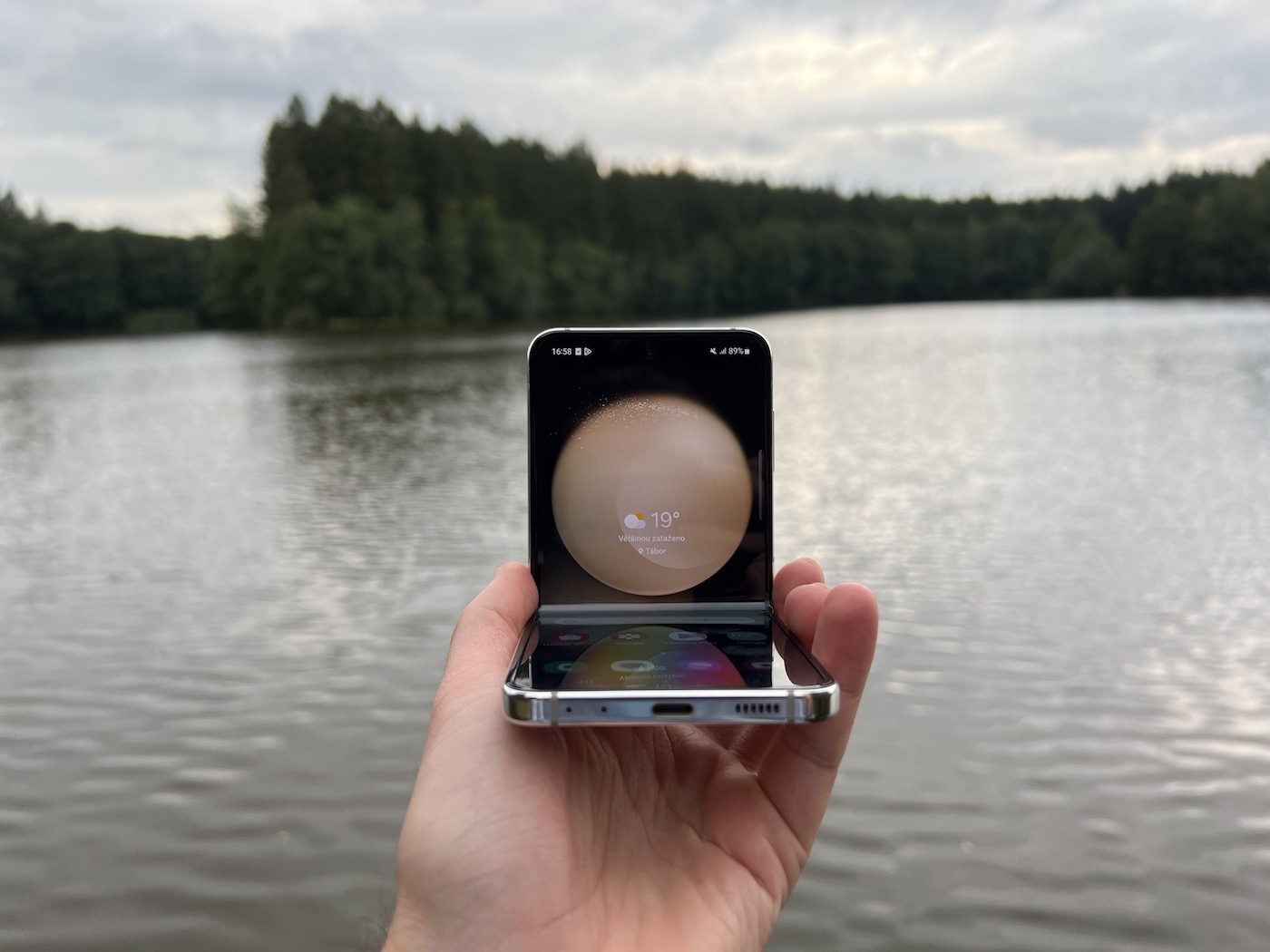Company fans Apple are gearing up for the company's developer conference starting next Monday. It classically promises a first look at new operating systems, among which will be i iOS 16 for iPhones. And analysts again expect to finally see Always On display support, along with the upcoming iPhones 14 Pro and 14 Pro Max. Unfortunately, these rumors show just how much it is Apple behind with a feature that many users rely on Androidu relies on today and every day.
According to Bloomberg's Mark Gurman, he intends to Apple finally bring an always-on display, which, however, due to hardware limitations, will be exclusive only to the most equipped models of the series, i.e. iPhone 14 Pro and 14 Pro Max. You Apple intends to introduce only in September this year, and therefore it is also likely that we will not hear about Always On at WWDC22, because it would Apple revealed what he is planning for us in connection with the new iPhones.
You could be interested in
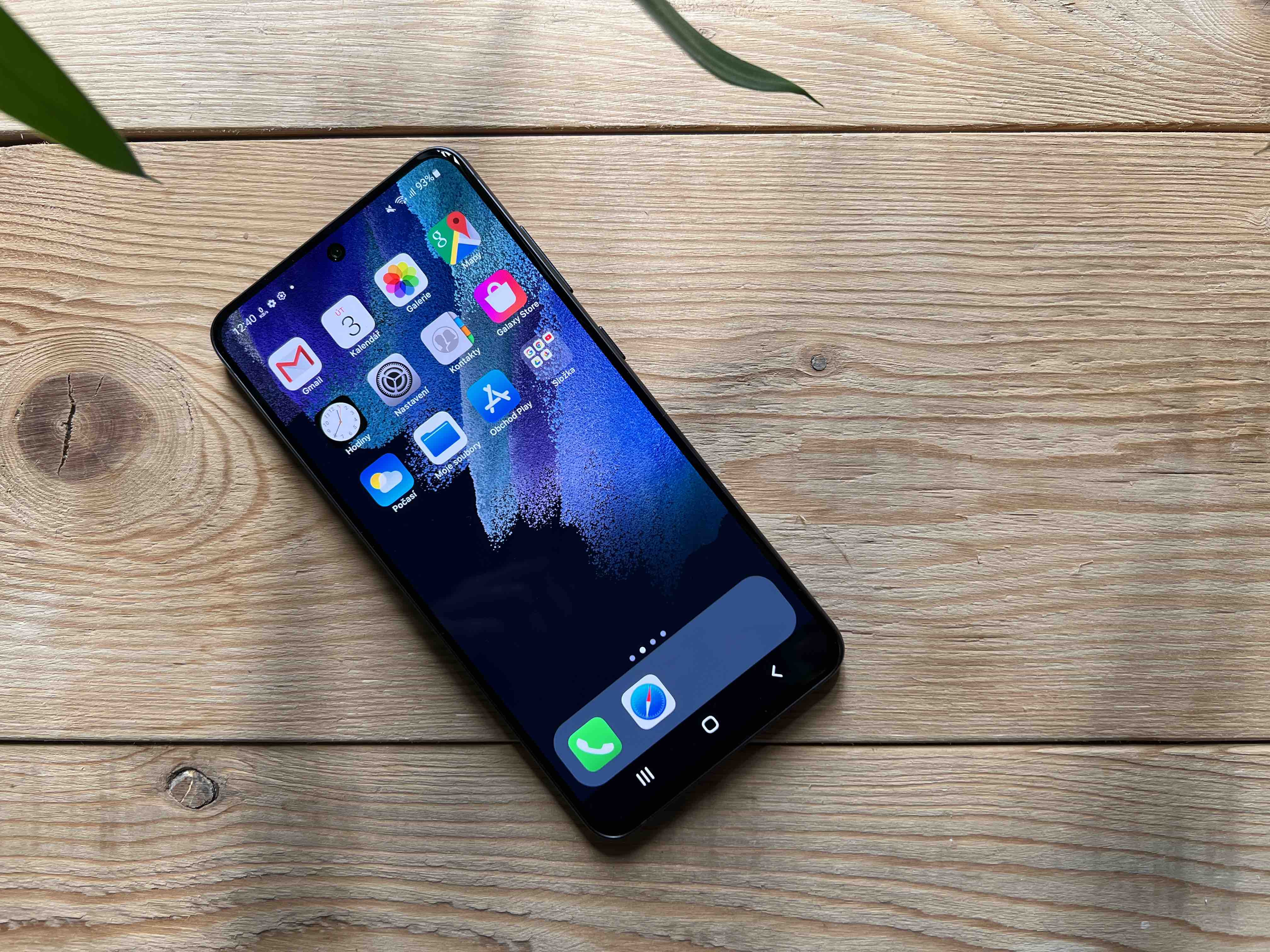
Apple is losing
The company wants to use the LTPO display technology it currently uses in its watches Apple Watch, and thus reduce the refresh rate of the display down to 1 Hz. Combined with OLED, this implementation would allow iPhone users to display the date, time, and incoming notifications without a noticeable hit to battery life. However, due to this hardware requirement, only the latest Pro models would support it.
Of course, we know exactly how well this particular combination of technologies works because in the world Androidu is nothing new. Aside from the fact that this is the second year in a row that this exact rumor has surfaced, only for s iPhonem 13 Pro has not reached its realization, it is a great example of how it is Apple with similar improvements behind.
Samsung introduced the "always-on display" in its phones with a number already Galaxy S7 in 2016, and while he was far from the first to use it, he became a pro Android basic element. At the time, this feature was considered a flop by many, mainly due to the demands on the battery. With the feature turned on, the phone lost approximately 1% of power per hour, or 10% of battery capacity in ten hours. This was a costly sacrifice for many, even though it provided considerable added value in the awareness of its user – no need to tap the display to check the time, no need to rely on a smartwatch to see incoming notifications.
You could be interested in
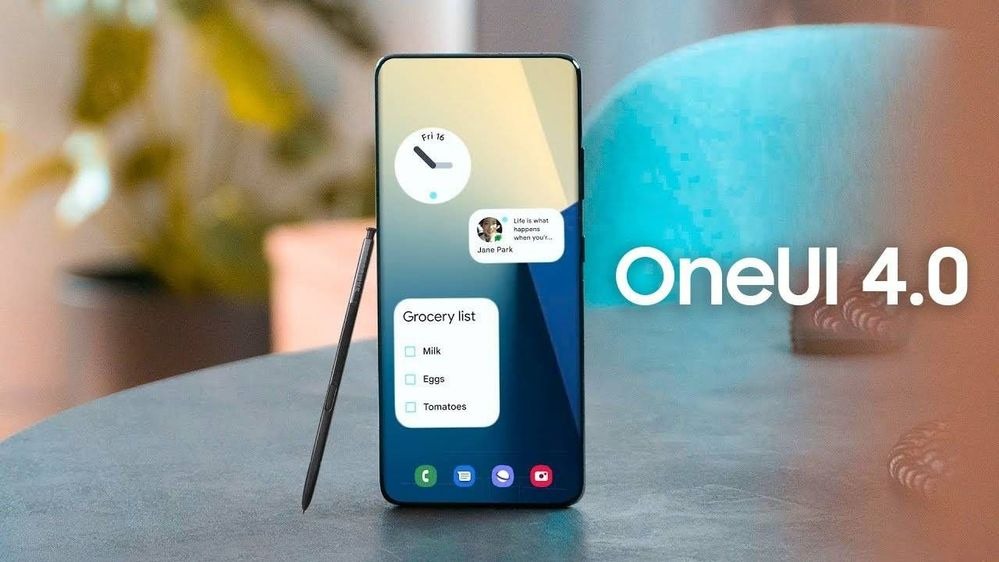
AOD is no longer a revolution
Since the days of the model Galaxy Always On displays have come a long way with the S7. Samsung in the model Galaxy The S22 Ultra uses a similar LTPO technology, which is said to be used by i Apple v iPhonech 14 Pro and 14 Pro Max, thanks to which the phone has a refresh rate ranging from 1 Hz to 120 Hz. Still, the company isn't limiting its Always On Display to just these devices. Both the S22 and S22+ models use LTPS technology, which offers a refresh rate from 48 Hz. Neither is as power-efficient as the S22 Ultra's display, but Samsung allows both phones to have the feature available, as well as Galaxy S21 FE 5G, even at 120Hz refresh rate.
There is no doubt that Apple will market its novelty as a revolution in modern mobile phones. That is assuming that Apple users will actually see it. But the company never cares too much about being really the first with a feature, it always tries to be the one to bring the feature only when it makes sense with regard to the hardware as well. But the question arises here, whether the 6 years is really a long time. Apple with Always On he is simply late, and he has practically no excuse for it, because even the best marketing will not help him here.
